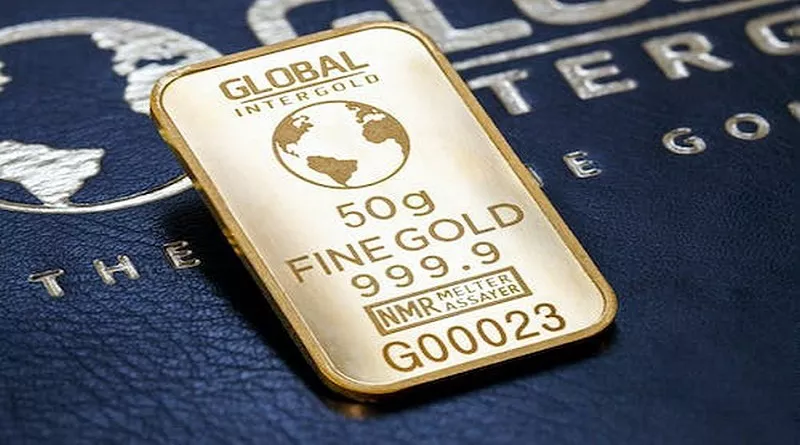Investing in precious metals has always been a topic of interest for investors seeking to diversify their portfolios and hedge against economic uncertainties. Among these precious metals, gold has consistently been a go-to asset, known for its historical value and perceived stability. In this article, we will analyze whether the current economic landscape makes it a good time to invest in gold.
Economic Indicators:
Before delving into the specifics of gold investment, it’s essential to understand the broader economic context. Factors such as inflation rates, interest rates, and the overall economic health can significantly impact the performance of gold as an investment.
a. Inflation:
One of the primary reasons investors turn to gold is as a hedge against inflation. Gold has historically retained its value during periods of rising inflation, making it an attractive option when traditional assets may see their real returns diminished. With central banks around the world implementing accommodative monetary policies, concerns about inflation have risen, potentially making gold an appealing investment.
b. Interest Rates:
The relationship between gold prices and interest rates is complex. Generally, higher interest rates can lead to lower gold prices, as the opportunity cost of holding a non-interest-bearing asset like gold increases. Conversely, when interest rates are low, gold becomes more attractive. As central banks maintain low-interest-rate environments to stimulate economic growth, this could create a favorable backdrop for gold investments.
c. Economic Uncertainty:
Global geopolitical tensions, economic downturns, and unforeseen events can drive investors towards safe-haven assets like gold. The uncertainty surrounding the global economic recovery post-pandemic and ongoing geopolitical issues may contribute to increased demand for gold as a perceived safe haven.
Gold as a Safe Haven:
The traditional role of gold as a safe-haven asset is well-established. During times of economic uncertainty or market volatility, investors often flock to gold for its perceived stability. The COVID-19 pandemic highlighted the importance of having resilient assets in a diversified portfolio, and gold proved its worth by maintaining its value amidst the market turbulence.
a. Historical Performance:
Examining gold’s historical performance during economic crises reveals its resilience. The 2008 financial crisis and the recent global pandemic are examples where gold demonstrated its ability to serve as a hedge against economic downturns. Investors may find comfort in the fact that gold has stood the test of time as a store of value.
b. Dollar Depreciation:
Gold prices are often inversely correlated with the strength of the US dollar. As the value of the dollar decreases, gold tends to rise. With ongoing concerns about the dollar’s long-term strength due to inflationary pressures and monetary policy decisions, this relationship may further support gold investments.
SEE ALSO What Determines the Price of Gold?
Market Trends and Technological Developments:
In addition to traditional economic indicators, it is crucial to consider contemporary market trends and technological advancements that could impact gold prices.
a. Digital Gold:
The emergence of digital gold, represented by blockchain-based gold tokens, has added a new dimension to gold investments. These tokens provide investors with a more accessible and efficient way to gain exposure to physical gold without the need for ownership and storage logistics. The integration of technology into the gold market could attract a broader range of investors.
b. Green Initiatives:
Environmental, social, and governance (ESG) considerations are increasingly influencing investment decisions. Gold mining, however, has faced criticism for its environmental impact. As ESG awareness grows, investors may seek responsibly sourced gold or alternative investment vehicles that align with sustainability goals.
Conclusion:
In conclusion, the decision to invest in gold should be based on a thorough analysis of economic indicators, market trends, and individual investment goals. While gold has historically served as a reliable hedge against inflation and economic uncertainties, investors must remain vigilant and adapt to the evolving economic landscape.
The current environment, characterized by low-interest rates, inflationary concerns, and geopolitical tensions, does make a compelling case for gold investments. However, it is essential for investors to consider their risk tolerance, investment horizon, and the potential impact of technological and environmental factors on the gold market.
As with any investment, diversification remains a key principle. While gold can play a valuable role in a well-balanced portfolio, it should not be viewed as a one-size-fits-all solution. Consulting with financial professionals and staying informed about market dynamics will help investors make sound decisions in this ever-changing economic climate.


